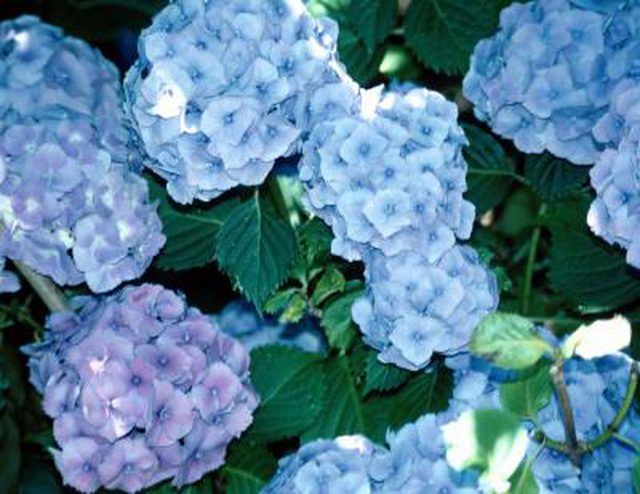Bulbs
Flower Basics
Flower Beds & Specialty Gardens
Flower Garden
Garden Furniture
Garden Gnomes
Garden Seeds
Garden Sheds
Garden Statues
Garden Tools & Supplies
Gardening Basics
Green & Organic
Groundcovers & Vines
Growing Annuals
Growing Basil
Growing Beans
Growing Berries
Growing Blueberries
Growing Cactus
Growing Corn
Growing Cotton
Growing Edibles
Growing Flowers
Growing Garlic
Growing Grapes
Growing Grass
Growing Herbs
Growing Jasmine
Growing Mint
Growing Mushrooms
Orchids
Growing Peanuts
Growing Perennials
Growing Plants
Growing Rosemary
Growing Roses
Growing Strawberries
Growing Sunflowers
Growing Thyme
Growing Tomatoes
Growing Tulips
Growing Vegetables
Herb Basics
Herb Garden
Indoor Growing
Landscaping Basics
Landscaping Patios
Landscaping Plants
Landscaping Shrubs
Landscaping Trees
Landscaping Walks & Pathways
Lawn Basics
Lawn Maintenance
Lawn Mowers
Lawn Ornaments
Lawn Planting
Lawn Tools
Outdoor Growing
Overall Landscape Planning
Pests, Weeds & Problems
Plant Basics
Rock Garden
Rose Garden
Shrubs
Soil
Specialty Gardens
Trees
Vegetable Garden
Yard Maintenance
How to Care for Lacecap Hydrangea
How to Care for Lacecap Hydrangea. When you hear the word hydrangea you will most likely picture the big, round flowers for which the plant is famous. Another variety of hydrangea, hydrangea macrophylla, or lacecap, is just as pretty but a bit more delicate-looking, with flat clusters of small flowers. The lacecap hydrangea shrub will grow 3 to 6...

When you hear the word hydrangea you will most likely picture the big, round flowers for which the plant is famous. Another variety of hydrangea, hydrangea macrophylla, or lacecap, is just as pretty but a bit more delicate-looking, with flat clusters of small flowers. The lacecap hydrangea shrub will grow 3 to 6 feet and bloom in late spring to early fall depending upon location. It's hardy to USDA zones 6a to 9b.
Things You'll Need
Compost or other soil amendment material
Water
10-10-10 fertilizer
Plant the lacecap hydrangea where it will get the appropriate amount of sun. This will depend on the climate in your area--the hotter the weather, the more shade the plant will require in the afternoon. If you live in the north you can get away with planting the lacecap hydrangea where it will receive a full day of sun. In the south, make sure the plant gets afternoon shade.
Amend the soil if the lacecap is planted in heavy soil. This plant requires soil with excellent drainage. Adding compost or other organic materials will help.
Water the lacecap hydrangea often enough to keep the soil moist, but not soggy. Never let the soil dry out.
Fertilize in the early spring with a balanced fertilizer, such as 10-10-10.
Remove dead stems and flowers. This can be done at any time during the season. Pruning a lacecap hydrangea isnít generally required.
Tips & Warnings
When you cut the flowers for arrangements, cut above the first set of large leaves so that you donít disturb the buds for next seasonís growth.